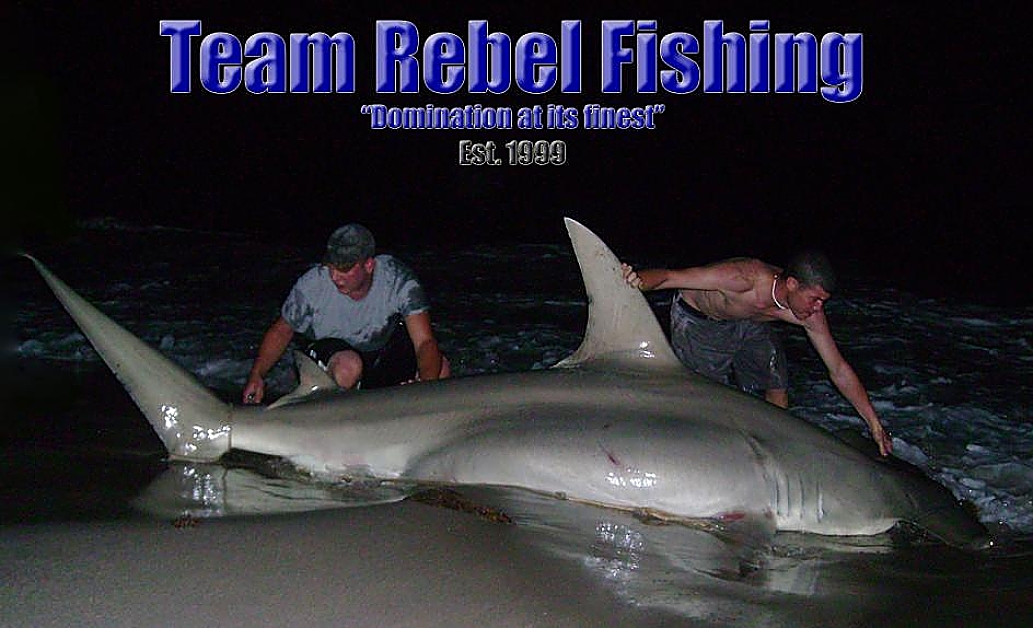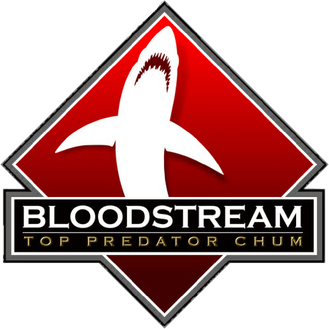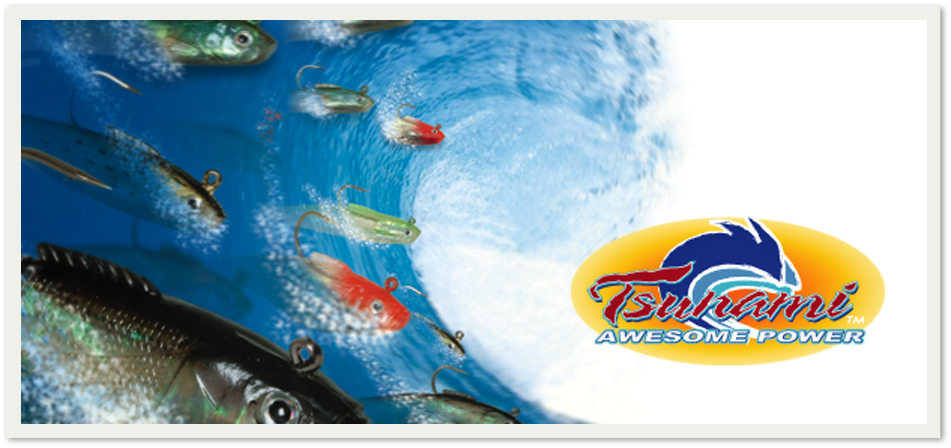The Demons of Durban- Part III
 Wednesday, October 27, 2010 at 12:44PM
Wednesday, October 27, 2010 at 12:44PM  Club Member Johnnie with a grander Tiger Shark in 1951
Club Member Johnnie with a grander Tiger Shark in 1951
"The Battle"
The noise of endless scuffling and panic now echoed up and down the confines of the usually quiet jetty, fear and anticipation was now thick in the air amongst the anglers, as a large shark had just taken one of the baits that had been patiently awaiting a trip to its final destination, deep within the jaws of hell. The lucky angler quickly springs into action and promptly responds to the line being taken off the wooden reel by throwing the rod over his shoulder while palming the reel to not allow anymore line to escape from the spool temporarily, he then ran across the jetty in the opposite direction of the denizen attached to the other end. By employing this technique, the angler had now set the hook firmly into the mouth of the shark at the other end, which then solidified the commitment the angler had just made to see this battle out until the end, win or lose.

An unknown angler applying pressure to a shark with a leather pad
The beast was now beginning to drag the angler at the other end of the line back toward the wall of the concrete jetty, where other fellow anglers awaited to help assist the man fighting the shark assume the battle position. Due to the style of rods and reels these men were using, the fighting technique was much different than that of which we use today. The angler sat on the ground in a position similar to the cross-legged "Indian Style" children sit like during early grade school. The angler would then proceed to place the bottom of the rod under one of his buttocks, and place the fore grip of the rod, just above the reel, on his left thigh for support and leverage. This sounds uncomfortable for most people, but this tactic was not only necessary, but a key part in helping to stop these giants of the inlet. Because the reels had no anti-reverse or drag system, the reels operated more or less as spools, which were free flowing at all times, unless slowed or obstructed by some sort of object.In the heat of battle and during the sharks initial run for safety, the anglers would use thick pads of leather and cowhide to palm the spool of the wooden reel with, and to have some sort of chance to apply enough pressure for a long enough period of time to break the sharks will.

A skilled angler could apply pressure with leather pads using both hands
The battles with some of these monsters could last from 6-8 hours, and these anglers would not take any breaks during this time period, it was not considered a catch within their club unless the angler fought the shark the entire duration of the battle himself, this process also included securing the first rope onto the unlucky specimen, to be drug up onto the jetty or beach and weighed after a short photo session. The anglers in the shark club may have also been the first anglers to ever use the modern day "bridge gaff" as a tool to help secure the catch, thus sealing the sharks early demise. But not all of these sharks were able to be pulled up by ropes onto the jetty, sometimes, it was a lot more complicated than that....

Anglers subduing a small White Shark with grappling hooks better known as "Bridge Gaffs"
"The Demons of Durban- Part I"





























